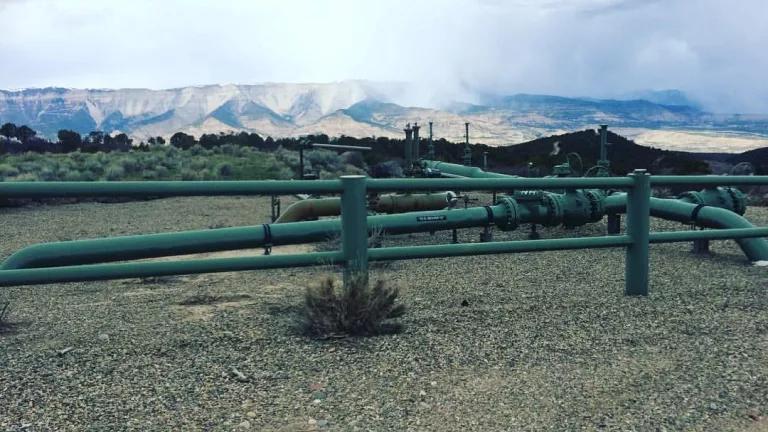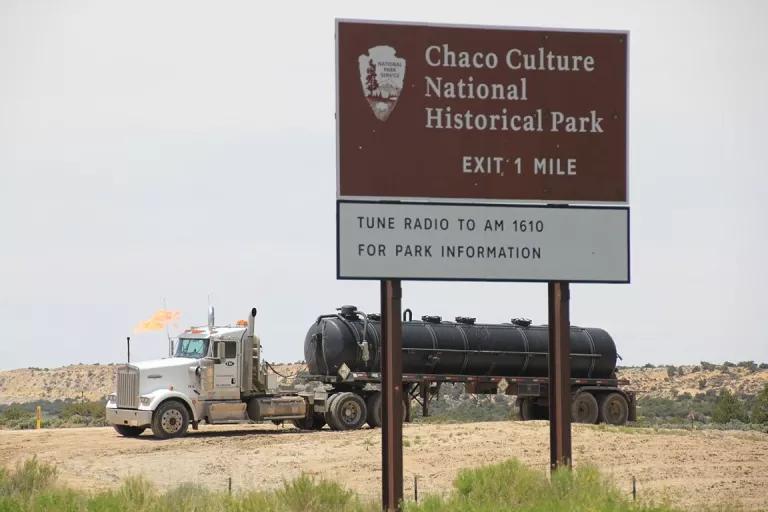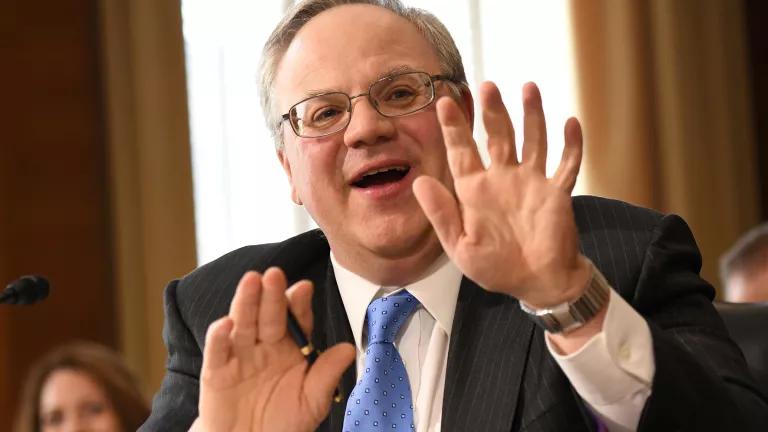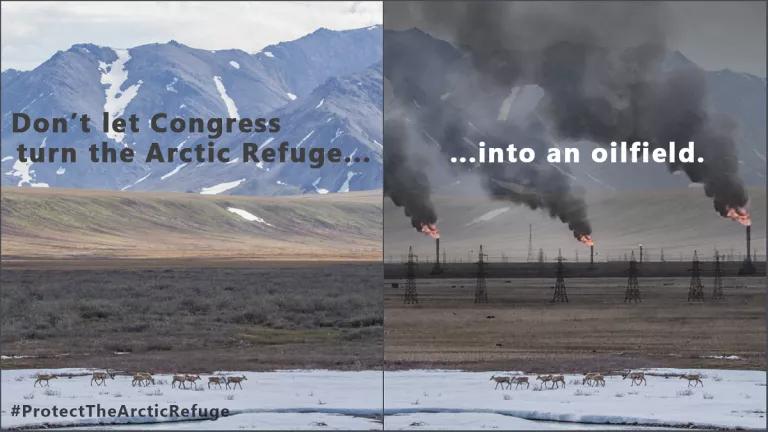Our Public Lands Must Be Part of the Climate Change Solution

The millions of acres of public lands that belong to all Americans should be part of the solution to the climate crisis, but mismanagement by the federal government is making them part of the problem. The fossil fuels found on our public lands are significant sources of greenhouse gas (GHG) emissions. Instead of addressing this problem, the Trump administration is downplaying or outright ignoring it to benefit the oil, gas, and coal industries.
In 2018, the Intergovernmental Panel on Climate Change (IPCC) issued a dire warning about the rapidly shrinking window of time remaining if we want any hope of avoiding the worst impacts of climate change, such as extreme temperatures, flooding and drought, sea level rise, and species loss and extinction. Yet the data show we’re still going in the wrong direction—a recent report found that America’s carbon dioxide emissions from fossil fuel combustion rose by 2.7% in 2018—the second largest annual increase since 2000 after three years of continuous decline. While our emissions are still down overall, we’re not cutting them anywhere near fast enough to meet Paris Agreement climate goals, let alone the more ambitious target of holding global temperature rise to 1.5°C.
A recent study by the U.S. Geological Survey shows that federal lands are a big contributor to U.S. emissions. The researchers found that together, coal, oil, and gas produced on federal lands account for approximately 25 percent of the total fossil fuels produced annually in the United States and that, on average, emissions from combustion and extraction of those fossil fuels accounted for 23.7 percent of national carbon dioxide emissions, 7.3 percent methane emissions, and 1.5 percent of nitrous oxide emissions from 2005-2014.
Many of the subsurface minerals (fossil fuels) managed by U.S. Department of the Interior’s Bureau of Land Management (BLM) are in the American West—places like Utah, Colorado, Montana, Wyoming, and New Mexico. These lands are also home to some of our nation’s most spectacular public lands and national monuments, wildlife, culturally significant areas, and stunning landscapes and wilderness.
Thanks to the Trump administration’s energy dominance agenda, our iconic western landscapes and wildlife face serious threats from fossil fuel leasing and development and the intensive environmental and human health impacts that come with it. Although leasing of federal fossil fuels was a common practice before the 2016 election, this administration is moving with uncommon speed to make western lands available for development. The BLM has offered millions of acres to the fossil fuel industry with minimal public input and little consideration for the climate and other ecological and cultural values.
This is why NRDC and its allies on western conservation and climate have sought relief from the courts—resulting in victories on climate change. For example, a federal judge in Montana found that BLM illegally opened up 80 billion tons of coal and more than 8 million acres for oil and gas development in the Powder River Basin in Montana and Wyoming without considering reasonable alternatives and the resulting impacts on the climate. Similarly, a federal judge in Colorado found that BLM illegally made thousands of acres in Colorado available for oil and gas leasing without considering reasonable alternatives or the impacts of GHGs. And just last month, an appeals court reversed a decision by a federal judge in New Mexico and found that BLM violated the law when it failed to consider the cumulative impacts associated with drilling and hydraulic fracturing (fracking) in Greater Chaco—a landscape that Native Americans and surrounding communities regard as culturally significant.

Yet despite repeated court victories for climate, BLM continues to conceal from the American people the true impacts of its leasing decisions. BLM often fails to fully disclose all possible GHG emissions and, even if it does, generally ignores how those emissions could impact the environment. BLM also relies on outdated and incomplete science to assess the impacts of emissions of a particularly potent greenhouse gas—methane. Getting that assessment right is critical because, relative to carbon dioxide, methane has much greater climate impacts in the near term, which is the time period in which the world’s leading experts tell us we need to make rapid and deep reductions in emissions.
BLM owes the American people a complete picture of how its management of our federal public lands damages our climate. And it’s not enough for BLM to just crunch the numbers—agencies also have a legal obligation to tell us what those numbers mean, by assessing how emissions from federal fossil fuels contribute to climate change and explaining it in a way that decisionmakers and members of the public can understand.
Requiring BLM to provide a full picture on how fossil fuel development on our public lands contributes to climate change will help us defend these iconic places from irreparable harm. We must ensure a transition to a secure and prosperous clean energy future that protects our treasured public lands and the climate. Federal public lands should be part of the climate solution—not a significant contributor to the problem.



